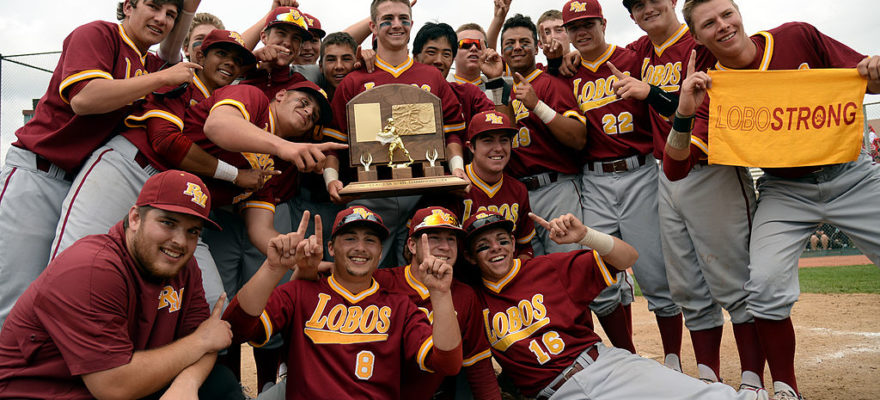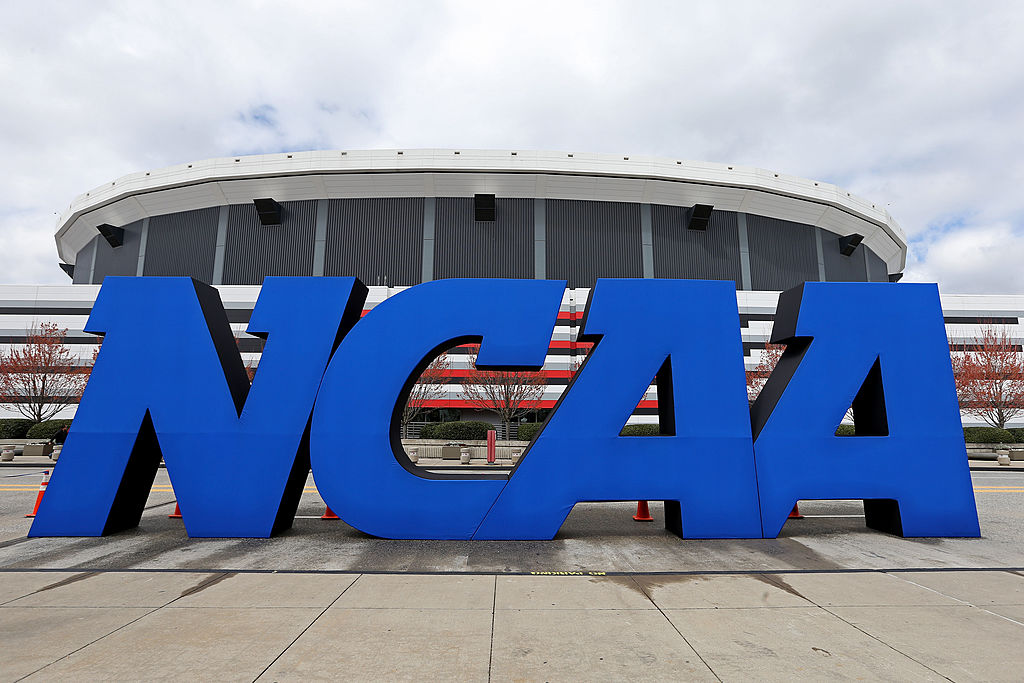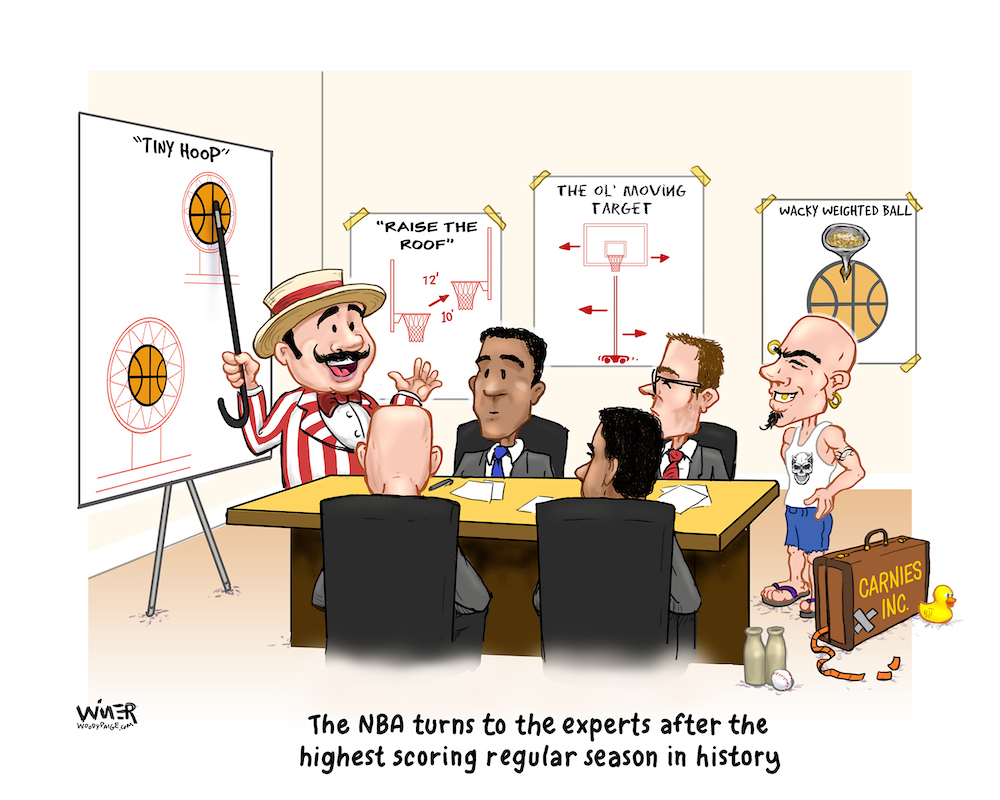The full, long-term impact of the Coronavirus pandemic on American life, culture, and yes…sports, won’t be known for a very long time. For the short term, we know we lost March Madness and the Summer Olympics for 2020. Major League Baseball will have some sort of abbreviated season and the NBA and NHL have probably played their last regular season games of the year. The two leagues will likely have playoffs that may or may not produce a deserving champion. The Masters and the Kentucky Derby have been rescheduled for what looks to be turning into a very busy fall.
We hope.
The NCAA was forced to cancel the final three-quarters of the spring sports season, plus events like the College World Series. But, unlike those who had their basketball and hockey postseasons taken away, the spring sports student-athletes got a reprieve, in the form of an additional year of eligibility. So for them at least, it’s essentially no-harm, no-foul.
The impact on these sports and these seasons is significant, but not terminal.
At the high school level, however, it could be a different story.
Across the country, tens of thousands of high school seniors were getting set to start their spring sports seasons when the shutdown of sports and activities happened when we heard the name ‘Rudy Gobert.’ Now, they’re in limbo, unsure if they’ll get to compete at all this spring.

It’s very important to note that more than 90% of these kids won’t play another game of baseball, soccer, lacrosse or take part in another track meet the rest of their lives.
This is it.
No matter what, they can NOT be granted another year of eligibility.
Rather than shifting their attention to summer club season when June arrives, current high school seniors will be shifting their attention to real life – a job, preparation for college in the fall, and the things that will carry them into adulthood. They could very well be doing so after having spent the better part of the last three or four months getting physically and mentally prepared for their final chance to compete on the playing field, which is for all intents and purposes a classroom of its own.
Final decisions on the status of springs sports have not all been made but will be soon. There’s still a chance that some of the spring sports season can be salvaged. It should go without saying that more immediate concerns, like slowing and eventually stopping the spread of COVID-19 need to be satisfied before anyone sets foot on a playing field. No one can justify sending kids – most of whom will be attending their high school classes from their bedrooms via the internet for the rest of this school year – out to practice and play in groups of more than 10 when the pandemic is still raging and claiming lives.
However, if say, a month or six weeks from now, we’ve succeeded in “flattening the curve,” as they say, and cases of COVID-19 are not rising any longer and other factions of life are beginning to try to return to what will surely be a “new normal,” then yes, let the kids play.
The easy thing to do – abbreviating the season and perhaps eliminating the postseason altogether – is absolutely the WRONG thing to do in this case. We can and should do better by these kids.

It’s entirely possible to push back the start of the spring sports season to say, Friday, May 1st, and play a six-week season that culminates on June 6th.
In Colorado, the high school baseball season is 23 games. That would mean kids would be playing less than four games a week over a time period that includes six Saturdays. Other states that play more games would have to determine how to fit their schedules into a similar window, but it’s very doable.
Playoffs could all be completed before the end of June. A bonus: most classes will have been completed by mid-May.
This plan would necessitate a sacrifice by the adults who have jobs that solely exist to benefit these kids. Administrators and coaches would have to agree to push the spring sports season into the first month of summer at what would be a cost to them in time, energy and money.
It’s not the easy way out. But it’s the right thing to do.
The administrators would have to make significant adjustments to the school year calendar and how they could operate and oversee these activities. They can.
Most schools and school districts remain open for administrative functions during the latter half of May and all of June before taking their limited summer vacation. So they’ll already be on campus.
It will take some extra work from all involved to make this shift work, but it can be done.
Here’s where things get sticky: Most coaches – especially in baseball – have summer club seasons that starts in early June that they are very focused on because that’s where they make the most money. High school coaches aren’t paid a lot (outside of maybe Texas High School football), especially given the time commitment.
Baseball coaches can earn two or three times the money in the summer that they make in the spring high school season. And that matters, especially now.
But what matters more is what’s best for those outgoing seniors, who should get to play their final season with their school name emblazoned across their chest. It’s the administrators and coaches that need to make ALL the sacrifices necessary to ensure that these kids get to leave high school with a diploma and memories of their final high school sports seasons that don’t start and end with a virus.
Note: Mark Knudson is a high school baseball coach in Colorado.
Listen to Mark on Monday’s at 12:30 with Brady Hull on AM 1310 KFKA and on Saturday mornings on “Klahr and Kompany” on AM 1600 ESPN Denver.
More from The Woody Paige Sports Network:
- Super Bowl LV odds shift following Tom Brady free agency decision
- Around the Home: Panelists react to news that NBA players test positive for COVID-19
- Betting odds to be the New England Patriots Week 1 QB in 2020
- A last resort proposal to crown 2019-20 NBA and NHL champions


















Let our seniors play